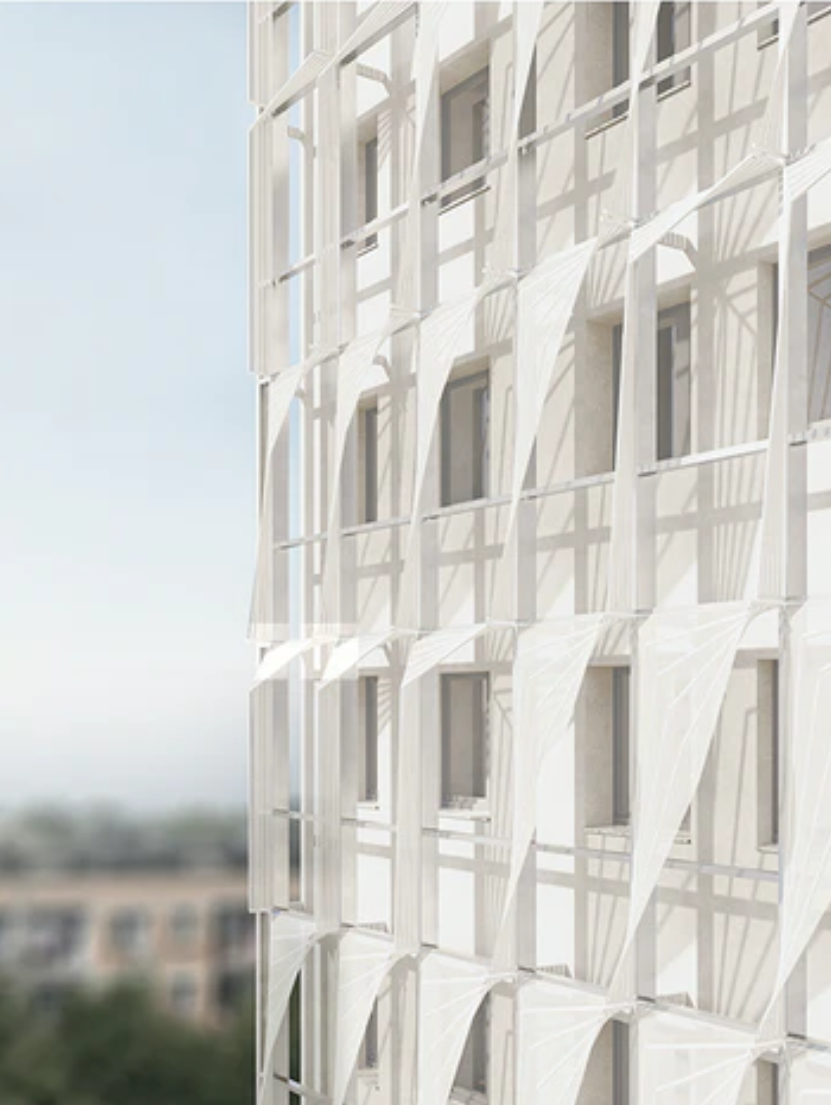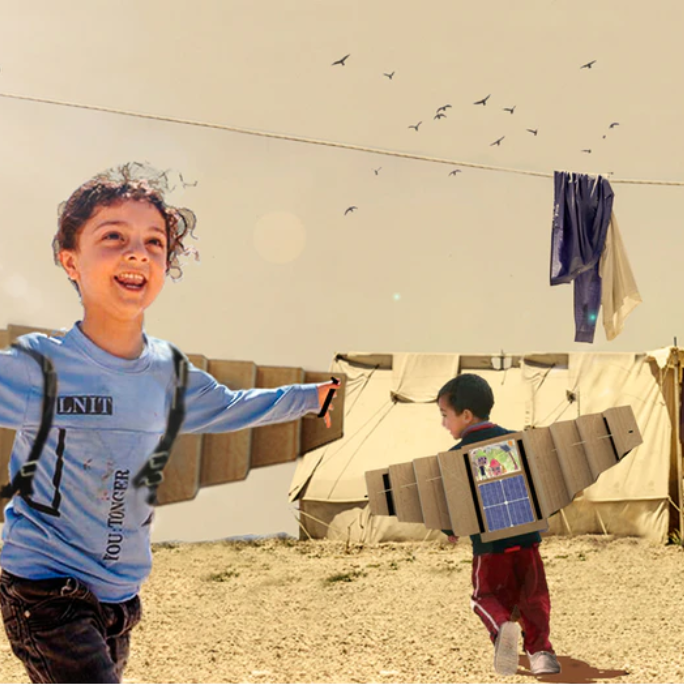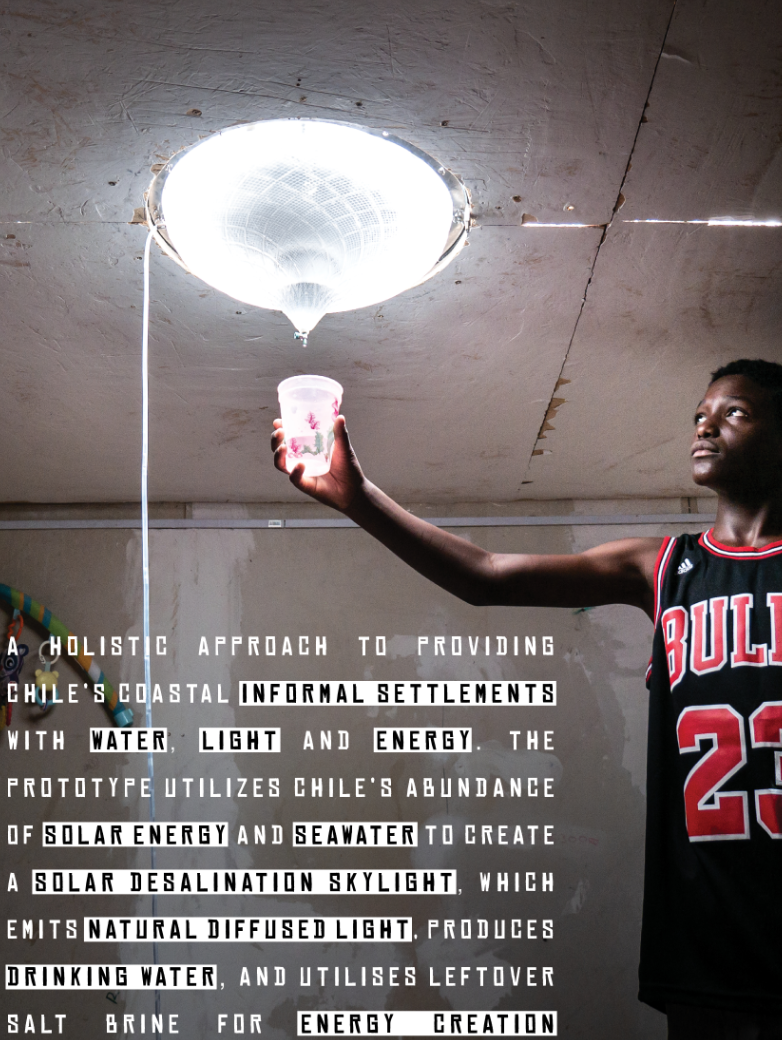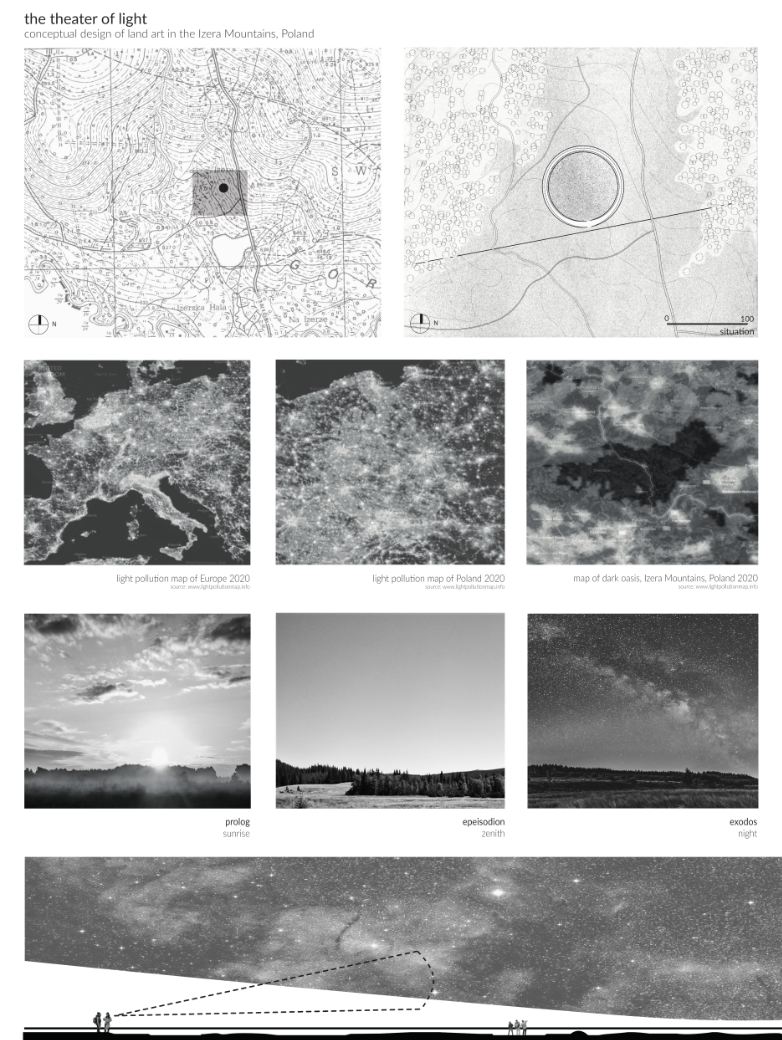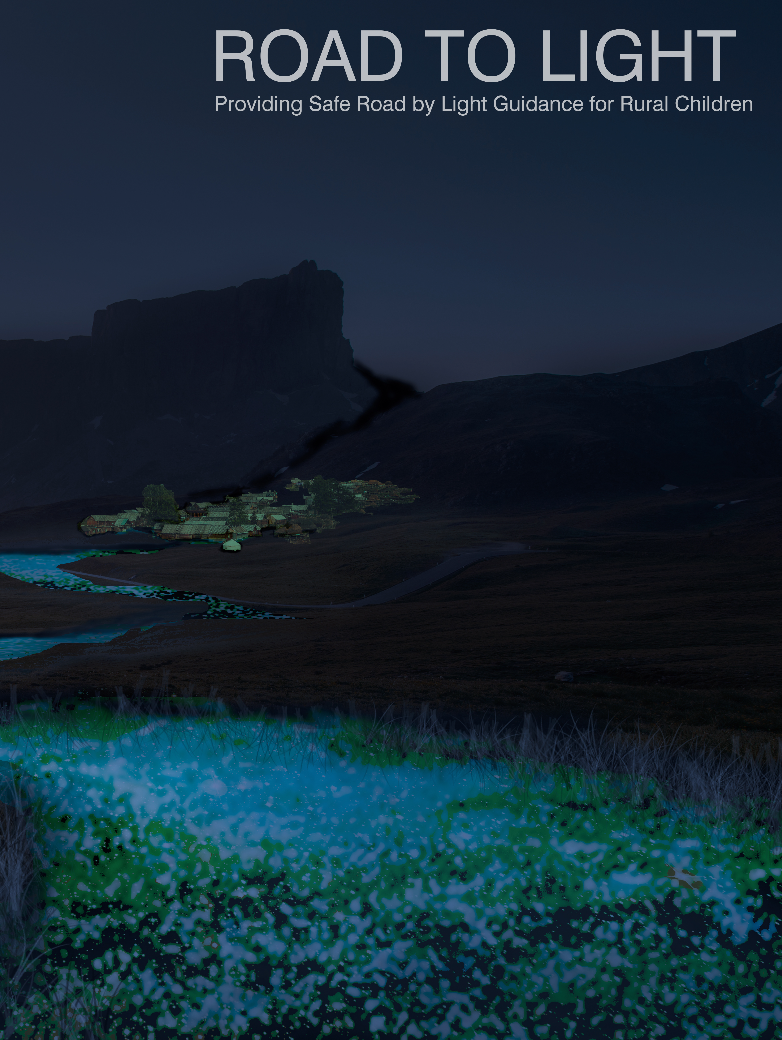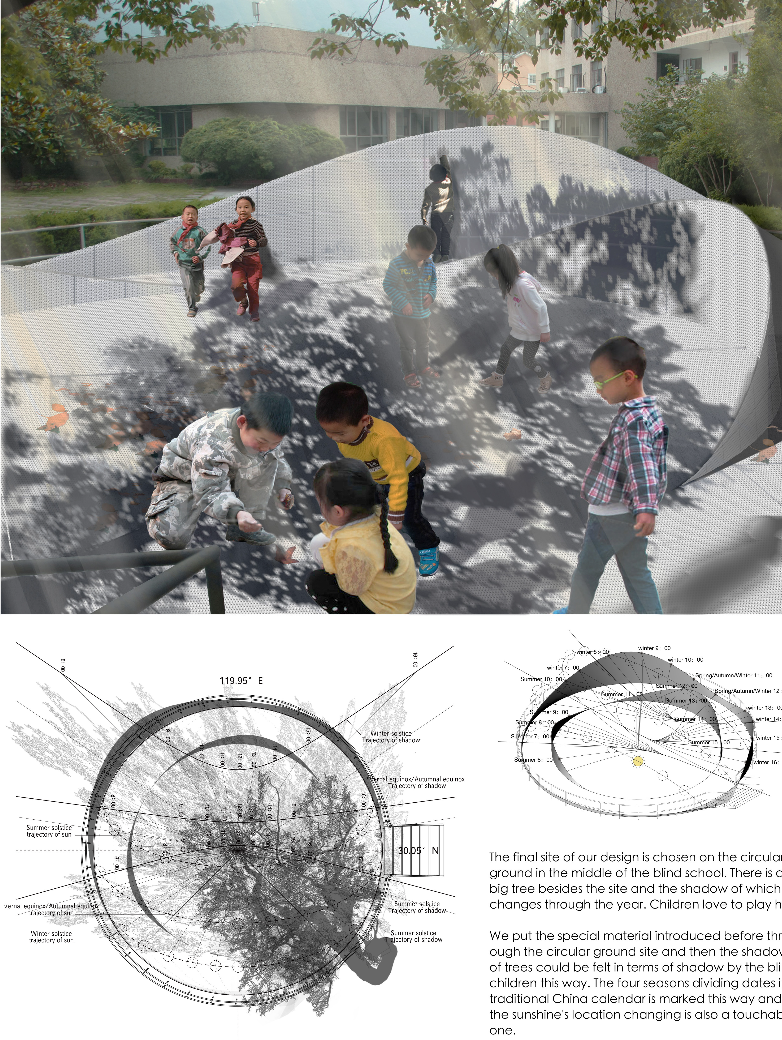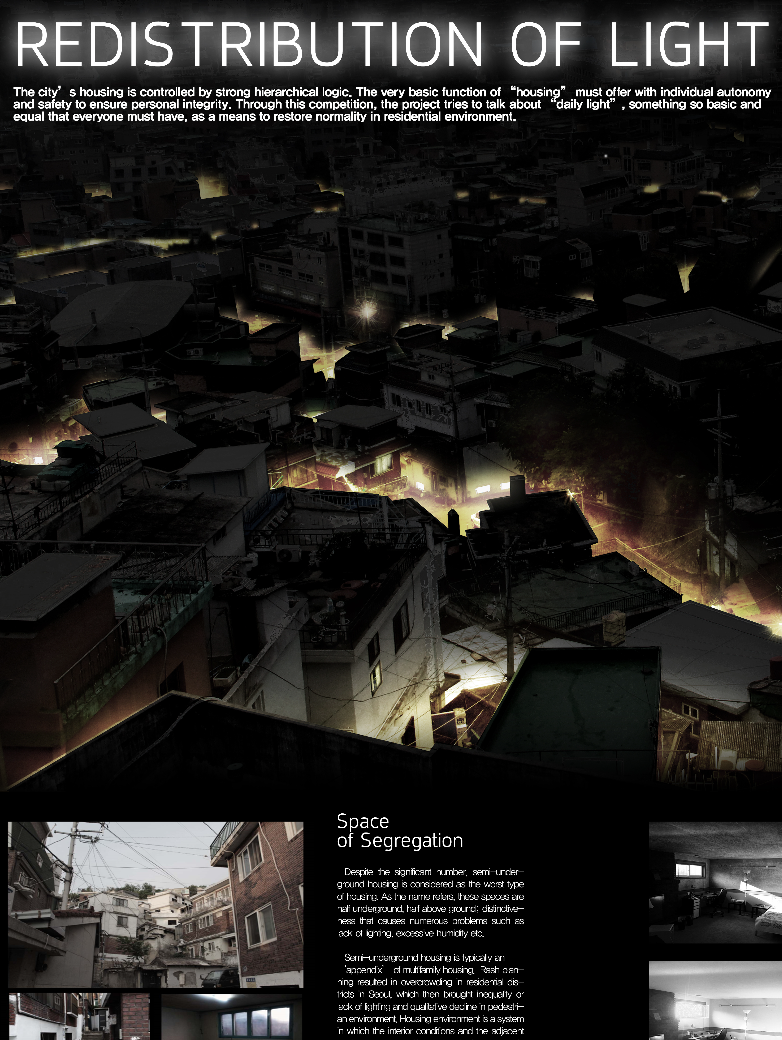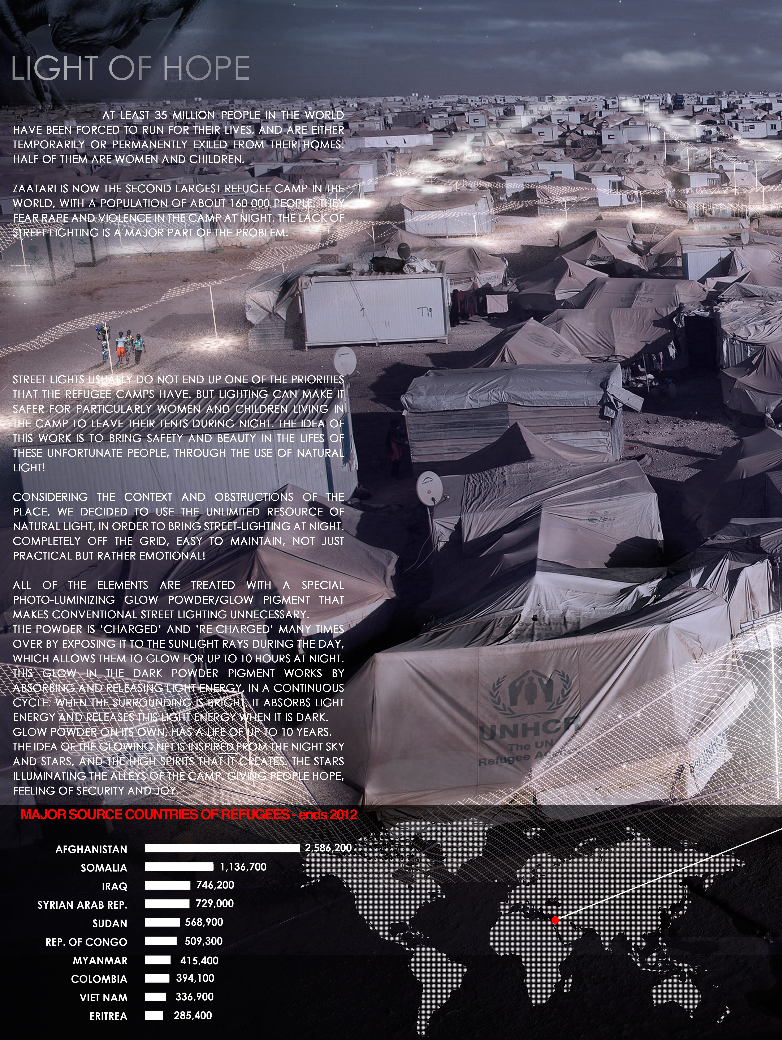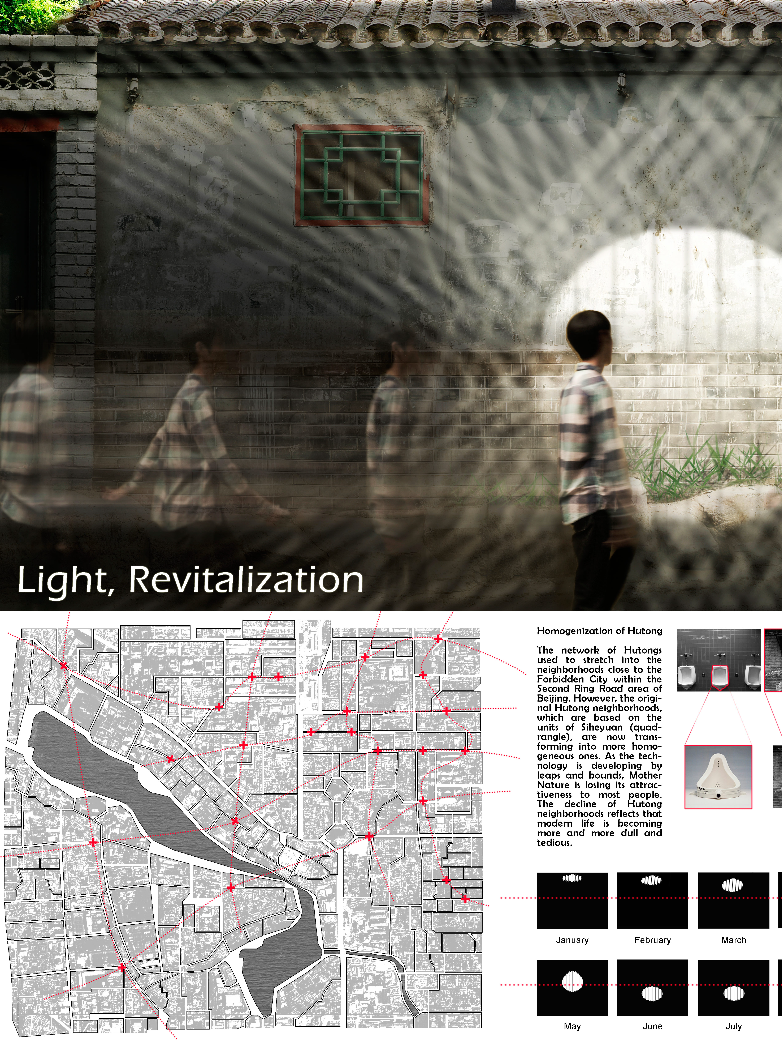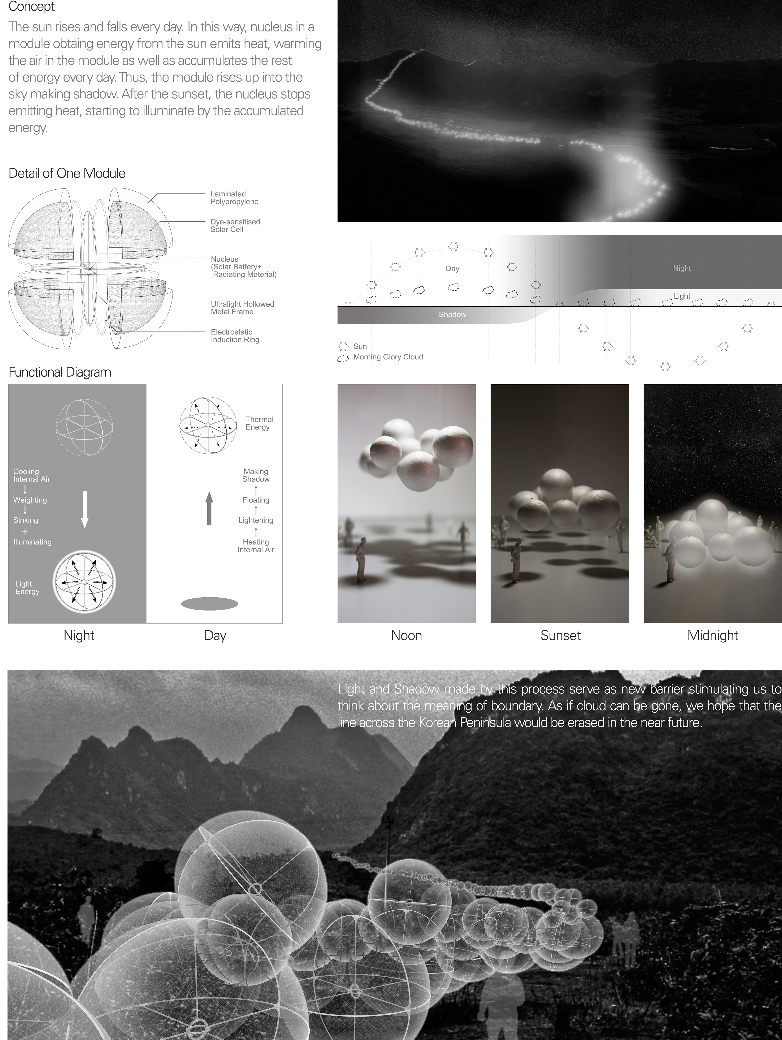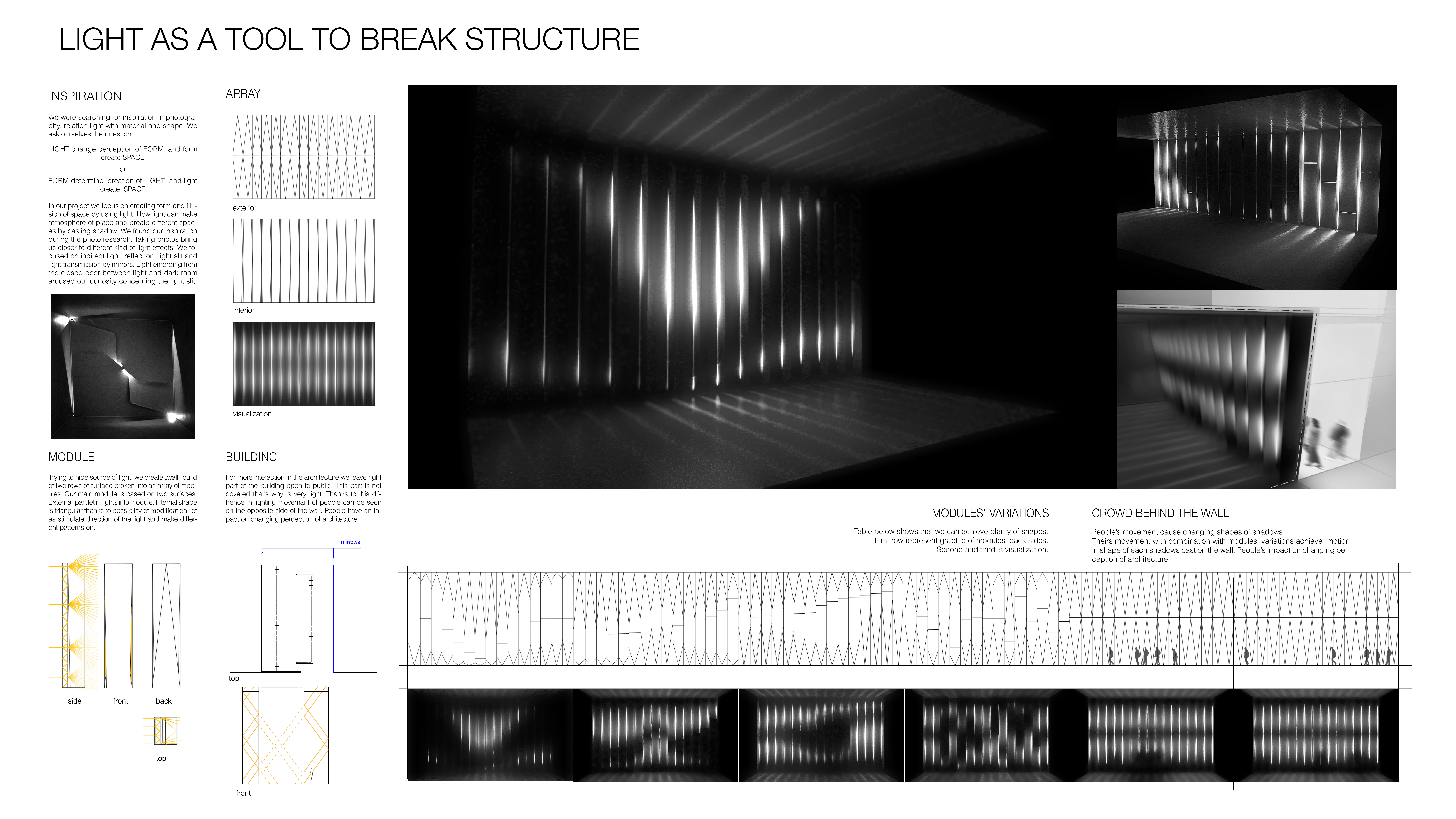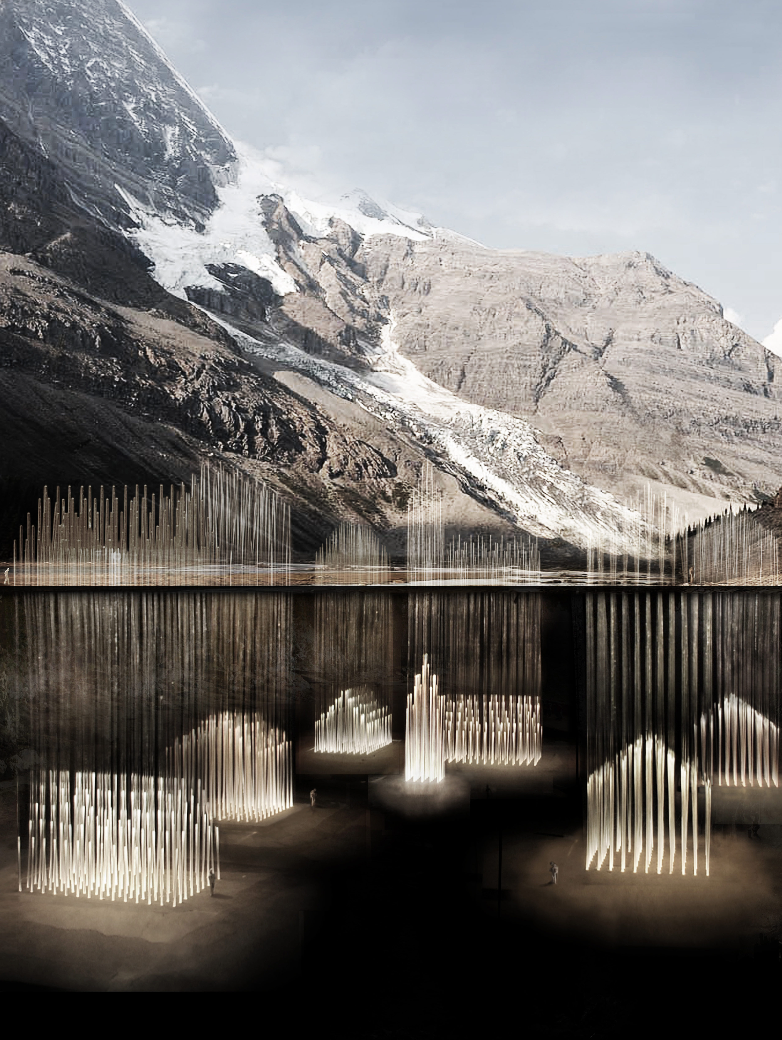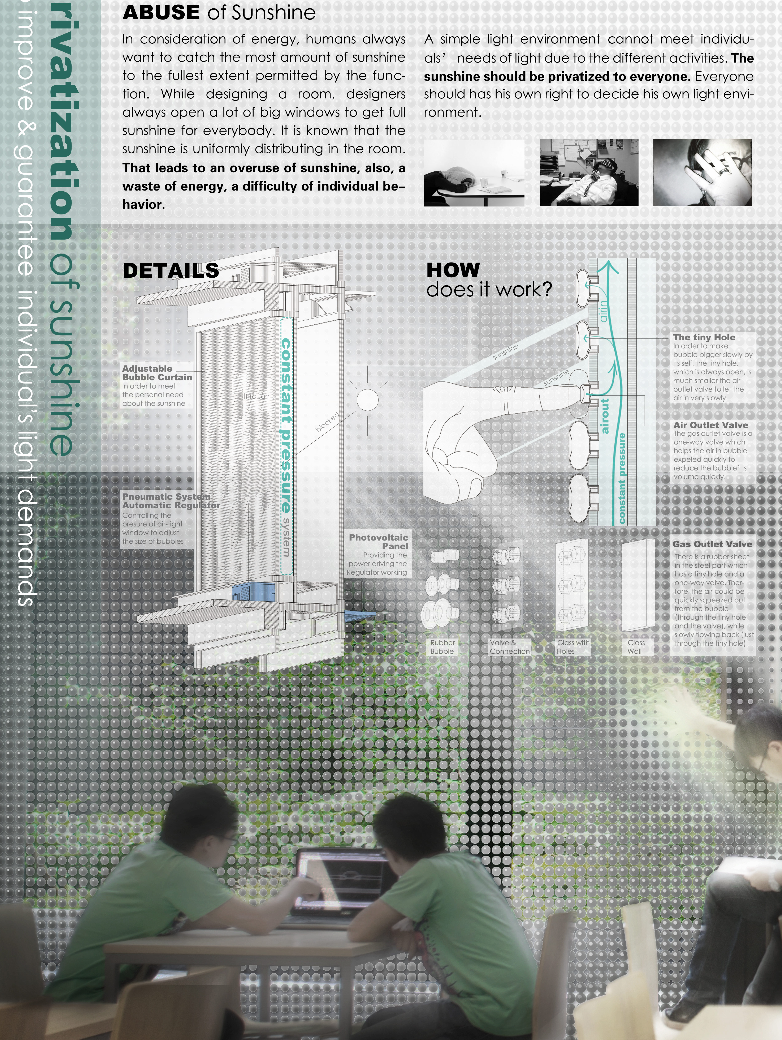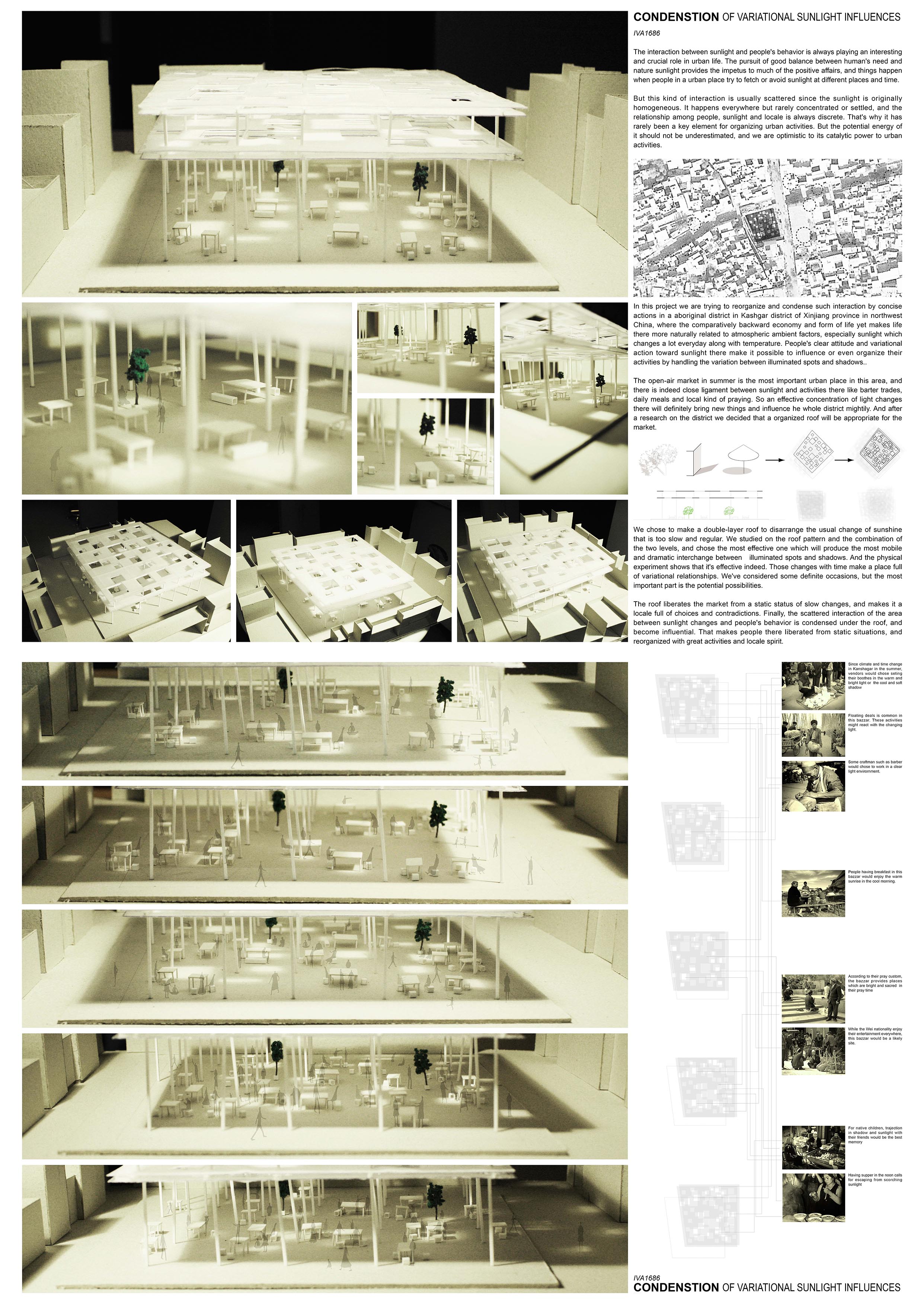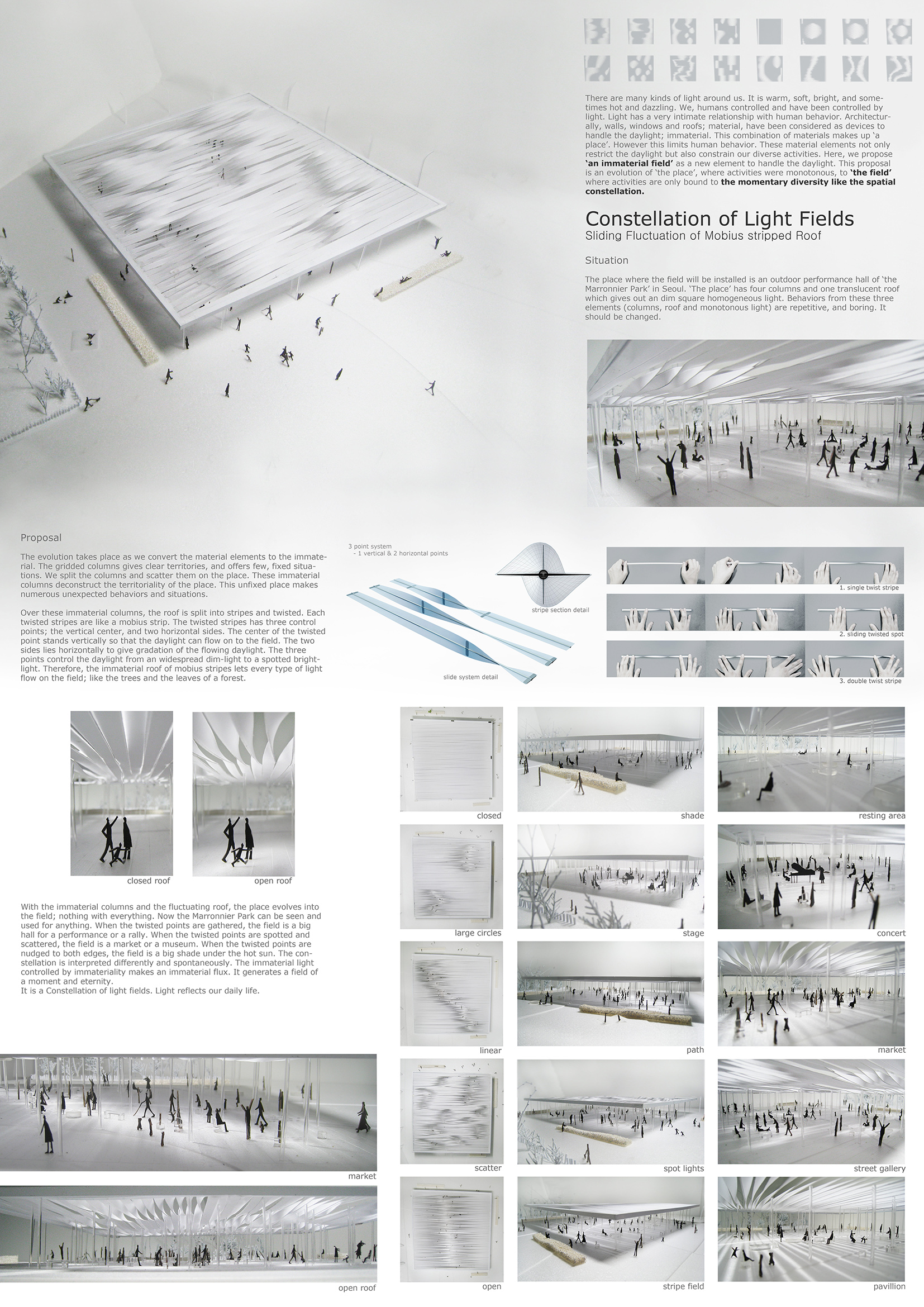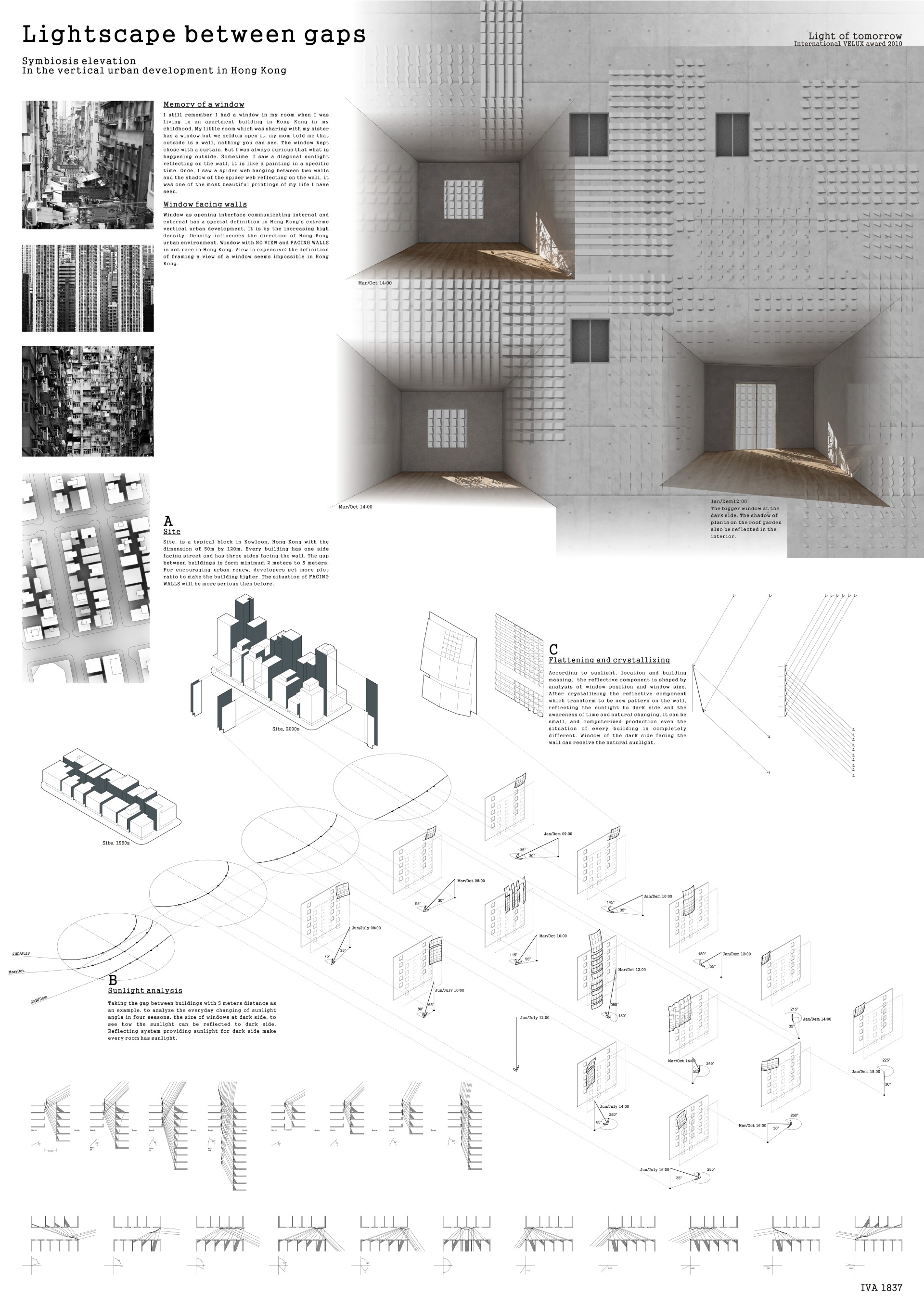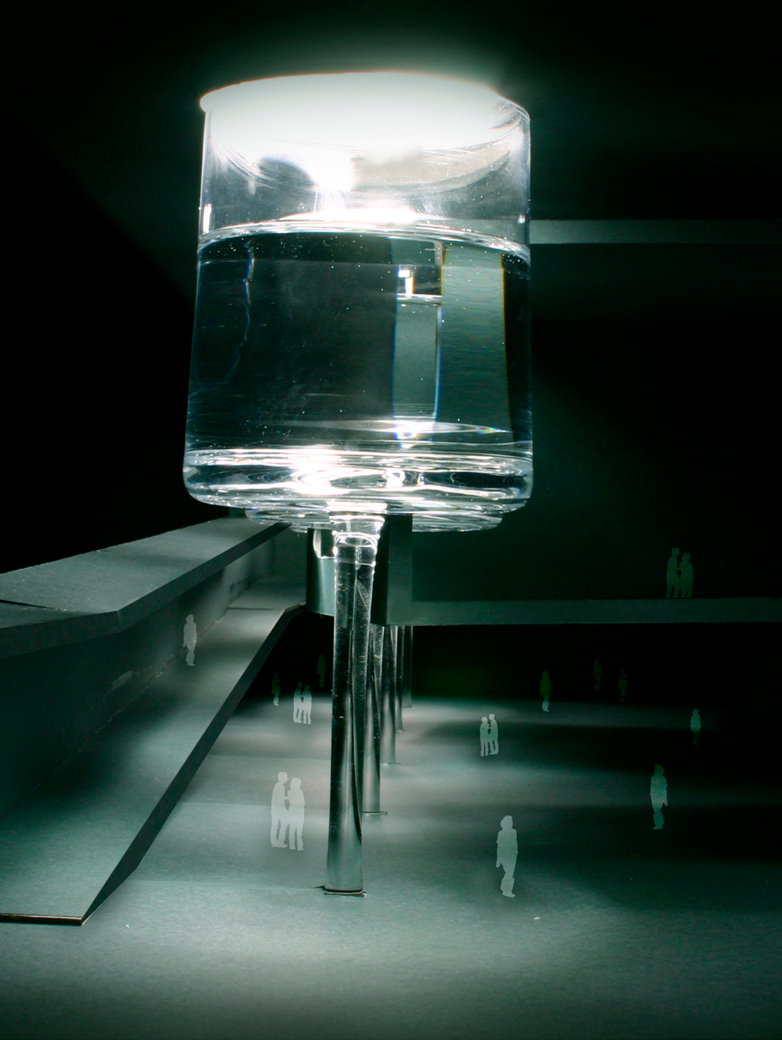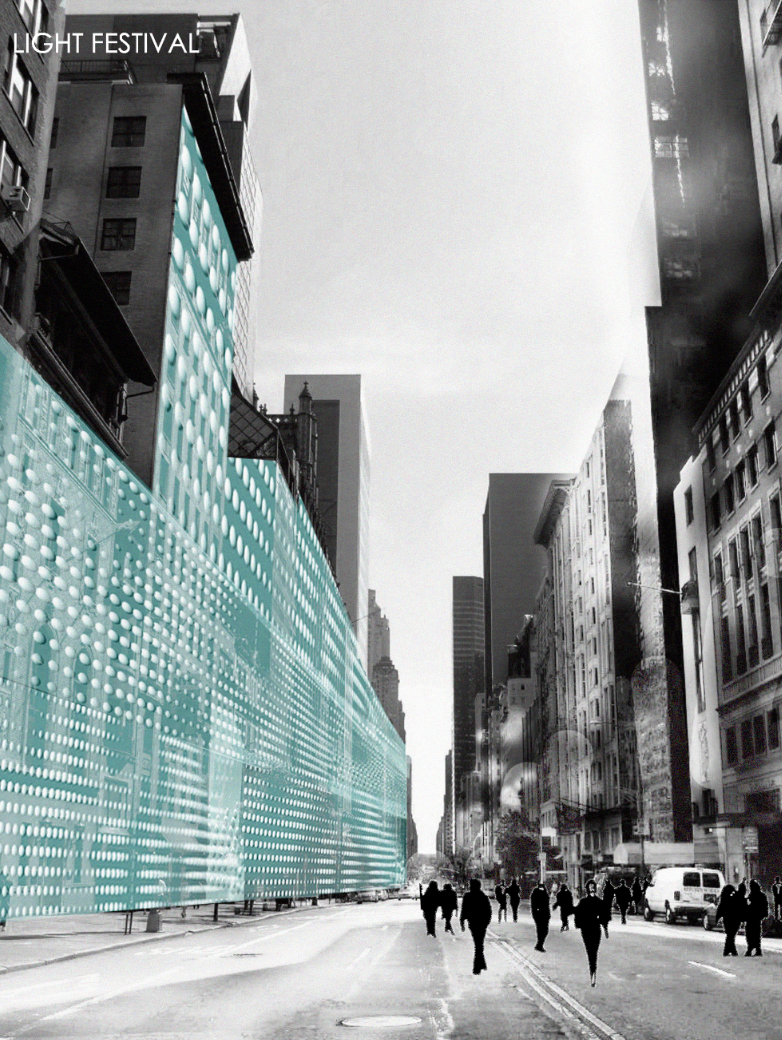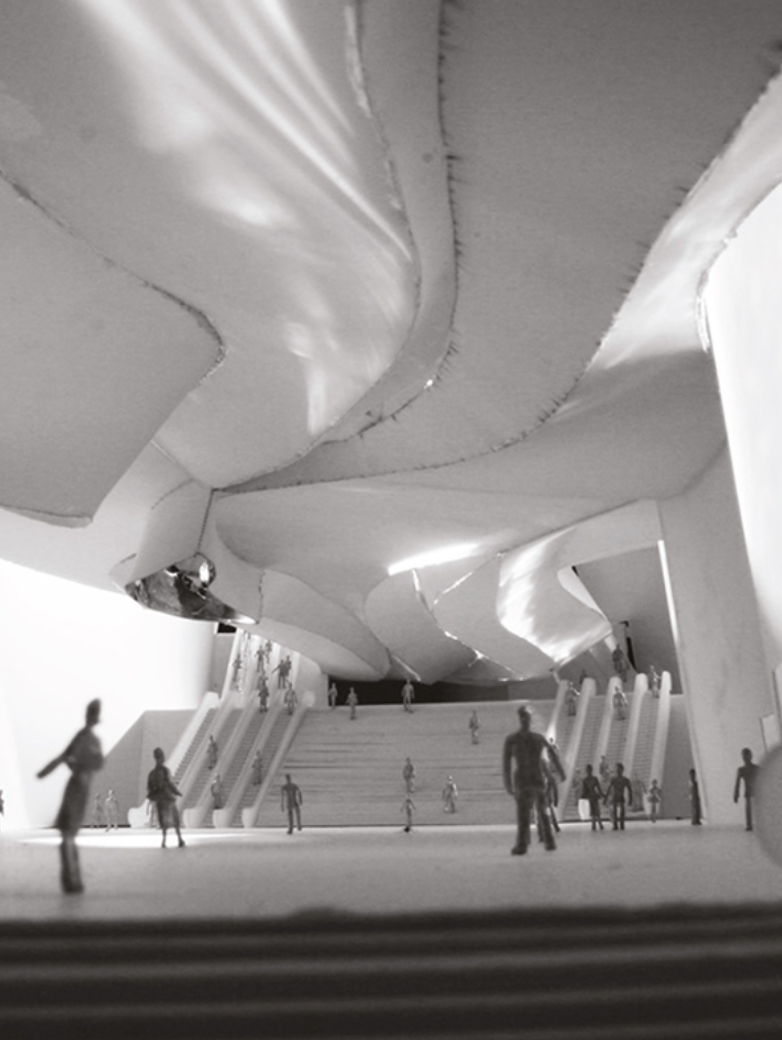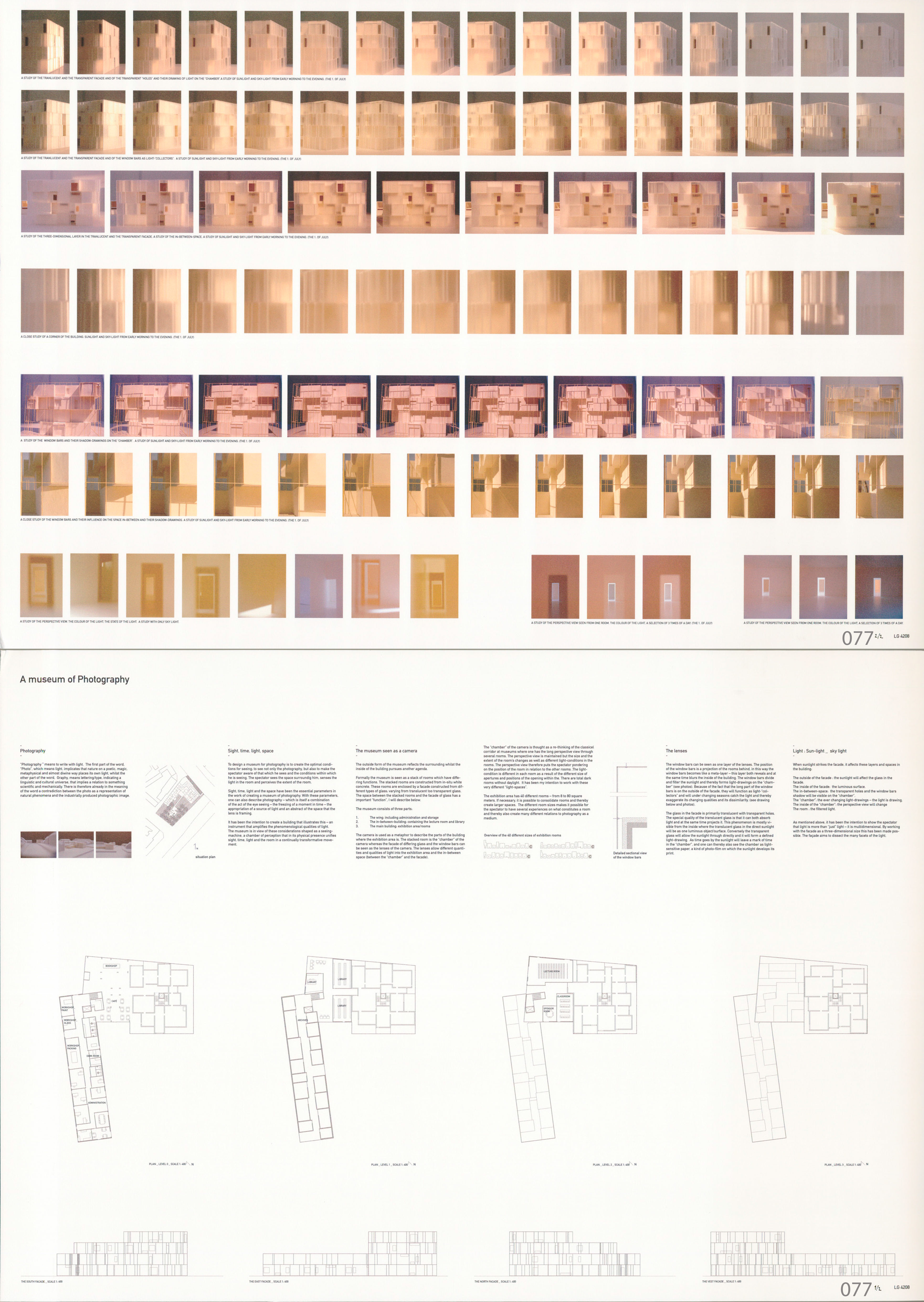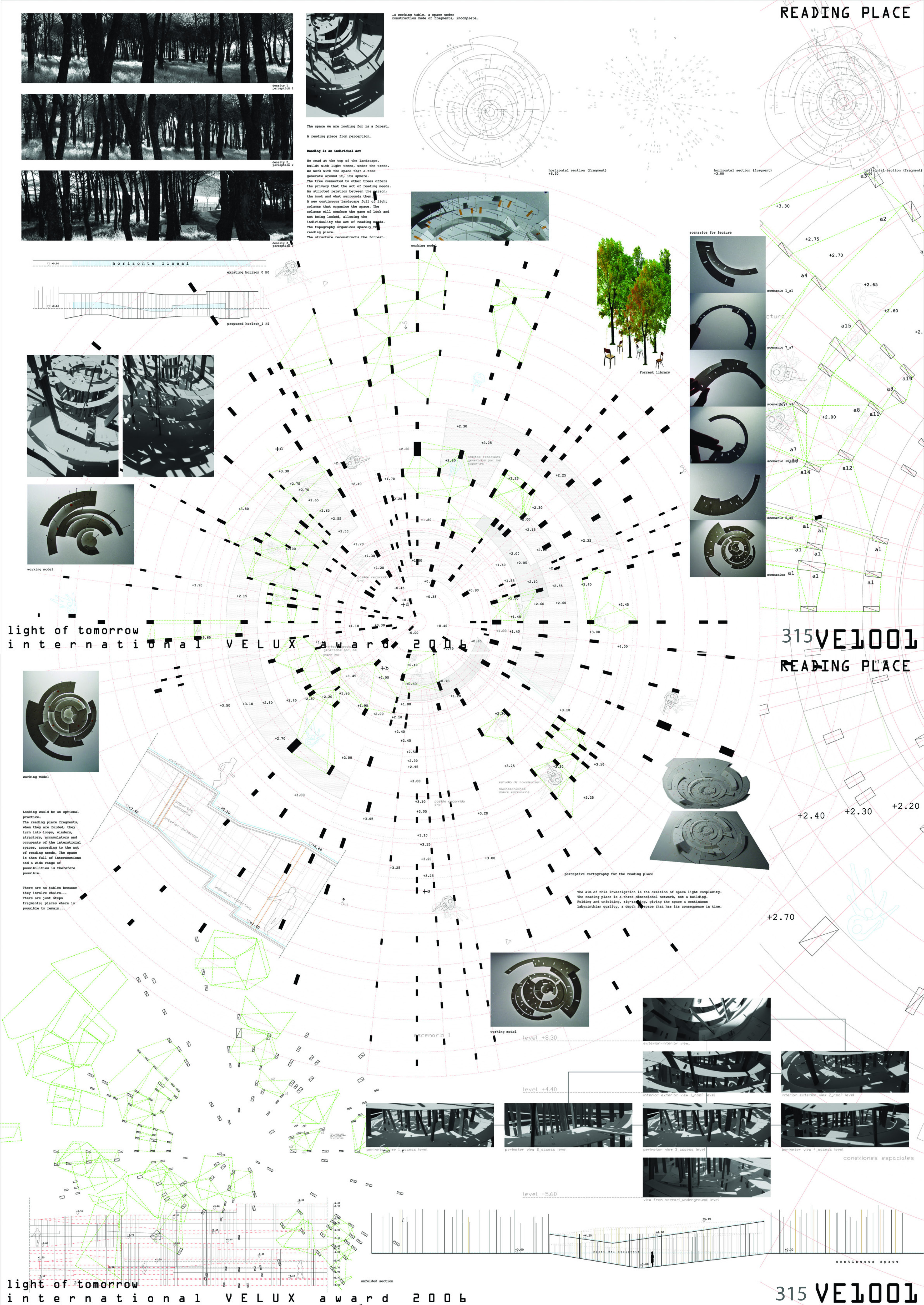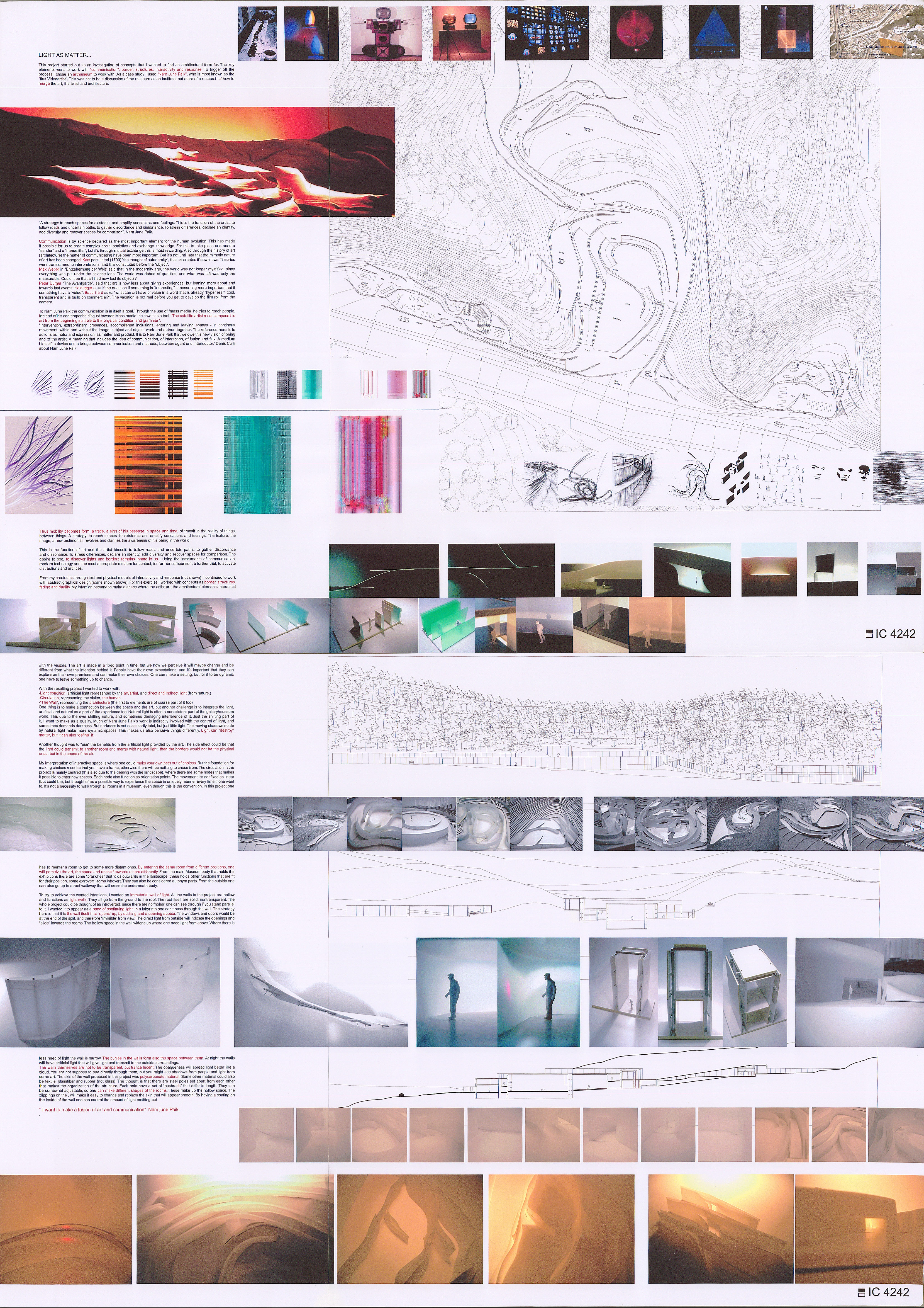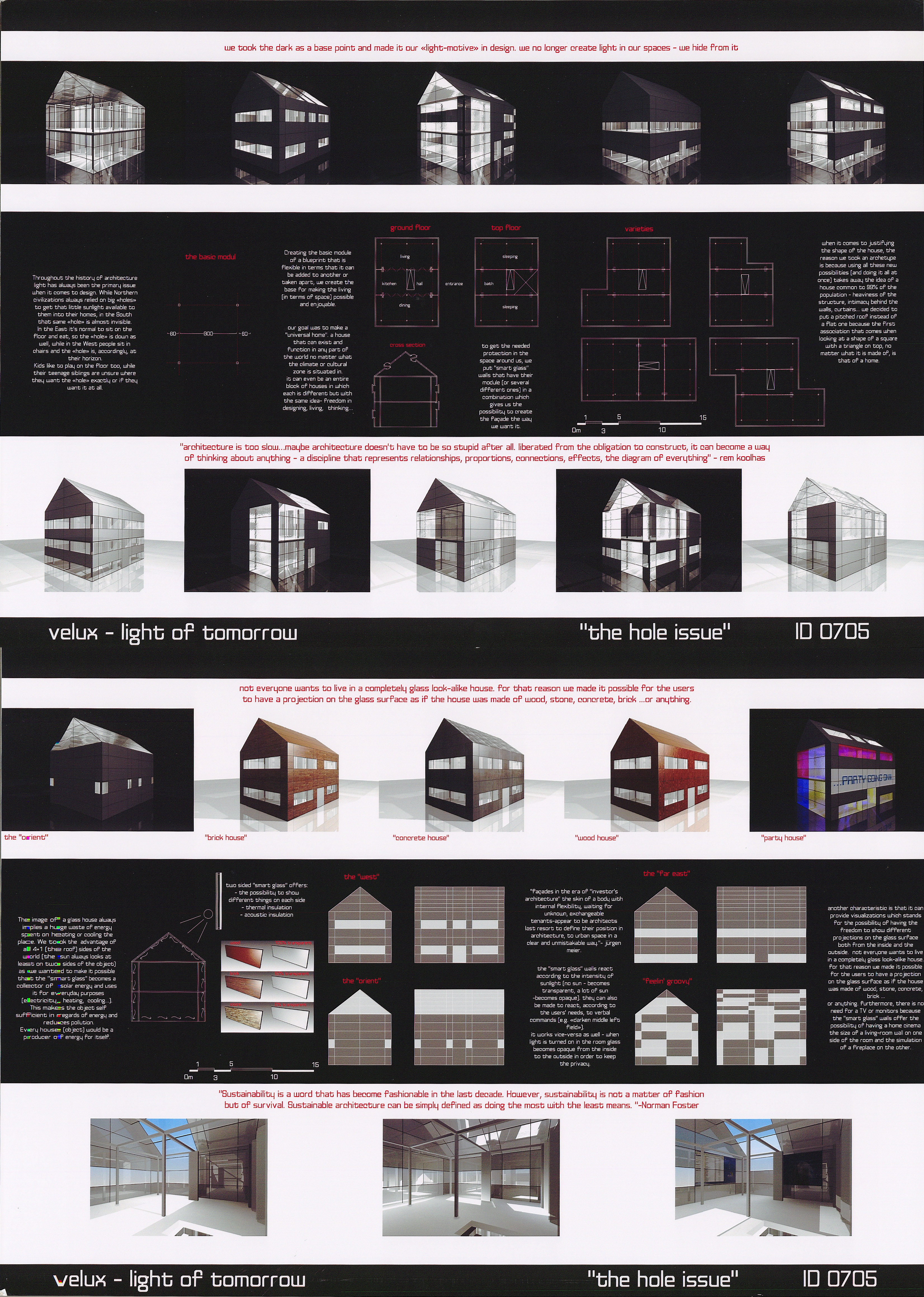2024 - water+[lighting]
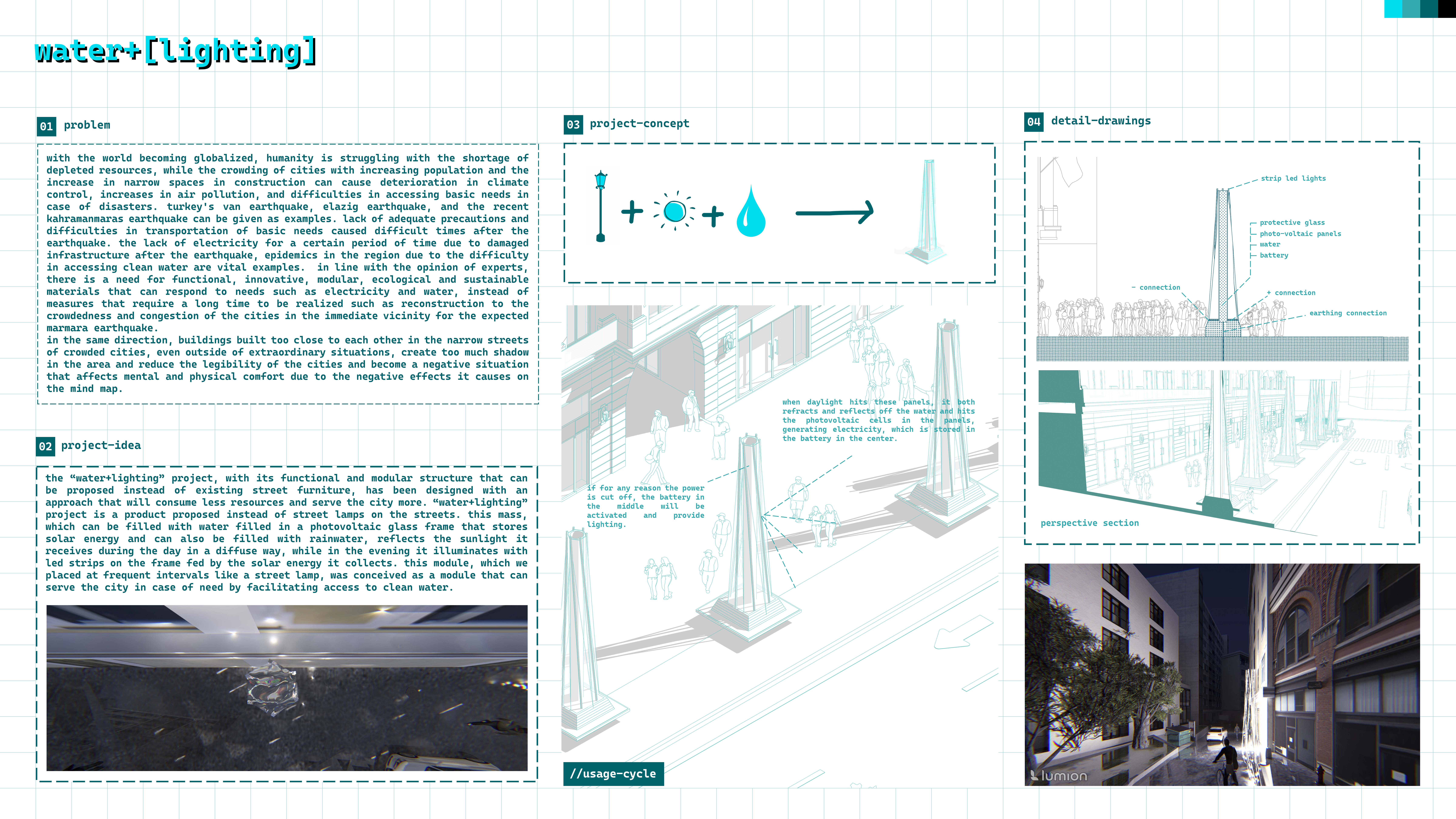
Category
Daylight Investigations - Region 2: Eastern Europe and the Middle East
Students
Ömer ÖZDEMİR & Bedia Zeynep KILIÇ
Teacher
Aslı ÖZÇEVİK BİLEN
School
Eskisehir Technical University
Country
Turkey
Download
Download project board
With the world becoming globalized, humanity is struggling with the shortage of depleted resources, while the crowding of cities with increasing population and the increase in narrow spaces in construction can cause deterioration in climate control, increases in air pollution, and difficulties in accessing basic needs in case of disasters. Turkey’s Van earthquake, Elazig earthquake, and the recent Kahramanmaras earthquake can be given as examples. Lack of adequate precautions and difficulties in transportation of basic needs caused difficult times after the earthquake. The lack of electricity for a certain period of time due to damaged infrastructure after the earthquake, epidemics in the region due to the difficulty in accessing clean water are vital examples. In line with the opinion of experts, there is a need for functional, innovative, modular, ecological and sustainable materials that can respond to needs such as electricity and water, instead of measures that require a long time to be realized such as reconstruction to the crowdedness and congestion of the cities in the immediate vicinity for the expected Marmara earthquake.
In the same direction, buildings built too close to each other in the narrow streets of crowded cities, even outside of extraordinary situations, create too much shadow in the area and reduce the legibility of the cities and become a negative situation that affects mental and physical comfort due to the negative effects it causes on the mind map.
The “water+lighting” project, with its functional and modular structure that can be proposed instead of existing street furniture, has been designed with an approach that will consume less resources and serve the city more. The “water+lighting” project is a product proposed instead of street lamps on the streets. This mass, which can be filled with water in a photovoltaic glass frame that stores solar energy and can also be filled with rainwater, reflects the sunlight it receives during the day in a diffuse way, while in the evening it illuminates with LED strips on the frame fed by the solar energy it collects. This module, which we placed at frequent intervals like a street lamp, was conceived as a module that can serve the city in case of need by facilitating access to clean water.
